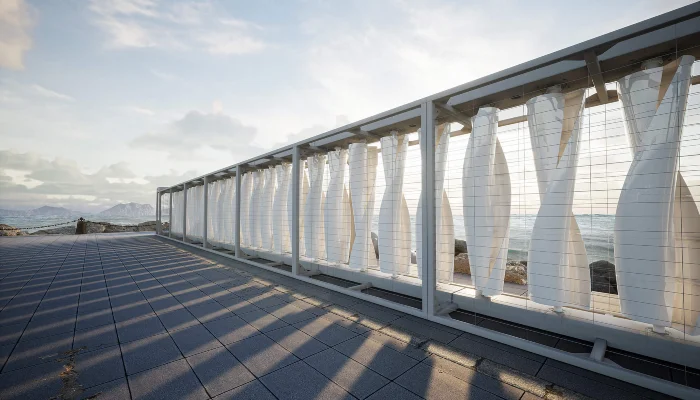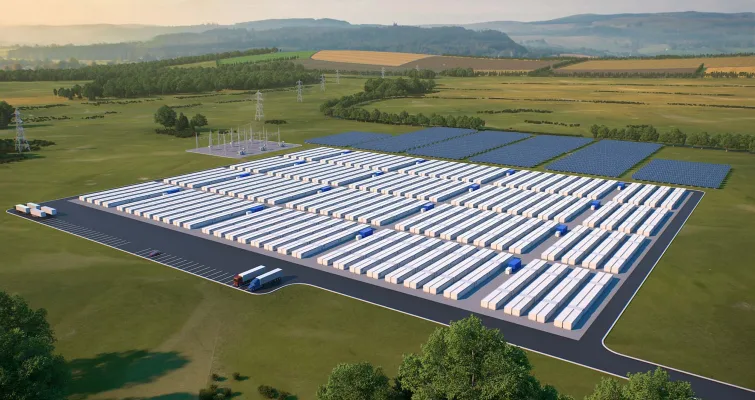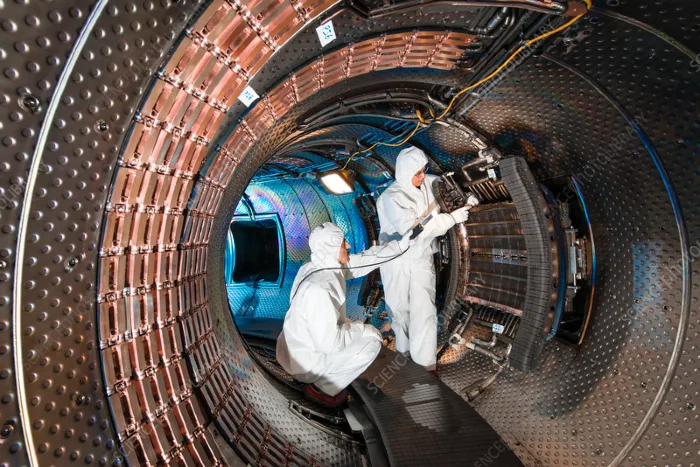In the quiet revolution of urban energy solutions, Europe has been silently rewriting the rules with the emergence of solar balconies, a fascinating intersection of sustainable living and technology that’s now catching the eye of American developers and homeowners alike. Here’s the lowdown on why this could be your next big home improvement project.
The Surge of Solar Balconies in Germany
Germany, long known for its environmental initiatives, has seen a sharp rise in the adoption of solar balconies, particularly among those who have traditionally been left out of the rooftop solar movement. With over 400,000 plug-in systems installed—50,000 in the first quarter of 2024 alone—Germany’s thriving solar culture is evident. According to Jan Osenberg from SolarPower Europe, “We see them as a subset of rooftop solar, but also as something different. It’s a trend to use all possible artificial infrastructure for solar generation.”
These innovative systems are different from their rooftop counterparts. Consisting of one or two panels, these balcony setups plug directly into an existing electricity socket and produce around 10% of the energy compared to full-scale rooftop systems, yet with a much simpler installation process. “The main reason for the success of balcony solar systems is that it gives people the chance to use solar who weren’t able to use it before,” noted a spokesperson from German manufacturer Meyer Burger.
Balconies have only recently been added to the long list of European structures that are getting a solar makeover including car parks, cemeteries, walking paths, car roofs, and even train tracks.
Why Are Solar Balconies Gaining Popularity?
Balcony solar systems appeal particularly to residents in multi-dwelling units where installing rooftop solar is either impractical or impossible due to structural limitations or ownership rights. The simplicity of setting up these systems—often just a mount, a couple of panels, and a plug—means virtually anyone can start generating their own power with minimal fuss and maximum efficiency. “With balcony solar, it’s suddenly very, very simple,” Osenberg explains.
Policy Push and Public Empowerment
Germany has been proactive in facilitating this boom. From eliminating VAT on solar products to offering regional subsidies, the government has made balcony solar an accessible option. The feed-in tariffs of the 2000s, which provided incentives for solar investments, laid the groundwork for this burgeoning sector.
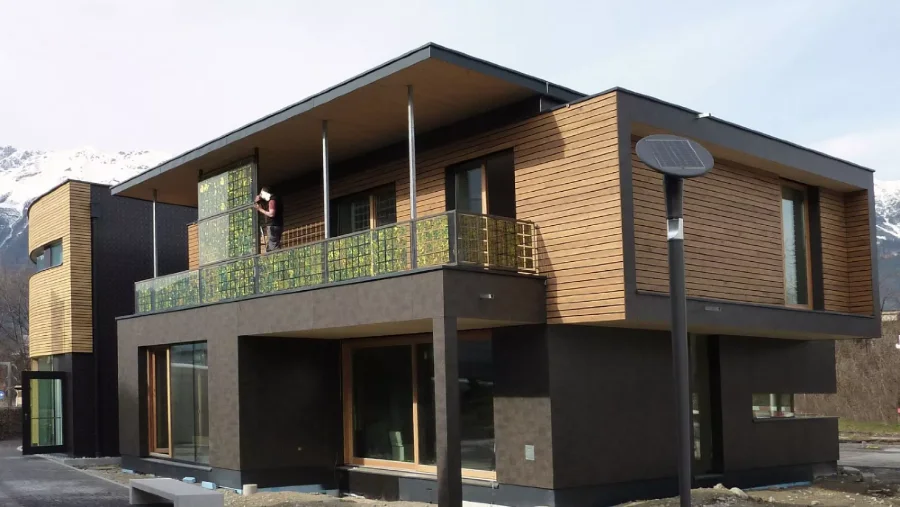
And it’s paying off for Europe’s largest country. Germany was one of the first nations to invest heavily in solar technology (and also one of the first that will have to deal with the solar energy waste issue) and now produces the most electricity from solar in Europe. Unfortunately, as is often the case, multifamily developments haven’t been included in the solar push.
Osenberg explains why: “The multi-dwelling unit sector in rooftop solar has been really outside of the solar boom, [it] has been really neglected.” The biggest challenge, of course, has been getting building owners to agree to rooftop solar and even then, it’s difficult to share generated electricity between different apartments.

Suddenly, renters are also empowered to take up their place in the energy transition and benefit accordingly.
“Rooftop solar really has this empowering momentum that people who start to have a solar system, they start to track their electricity consumption, they start to feel themselves as being someone who is a frontrunner in the energy transition, someone who supports the energy transition and is already a part of it” he says.
A Green Energy Option for American Renters
Balcony solar systems offer a streamlined, efficient way to generate electricity—plugging directly into existing sockets and producing about 10% of the energy of conventional rooftop systems. While 10% isn’t much by rooftop solar standards, it integrates the individual into the green energy transition and still provides some savings a month off their utility bill.
Why American Renters Should Consider Balcony Solar
- High Prevalence of Renting in Urban Centers
In the United States, urban centers are characterized by high rental occupancy. According to the U.S. Census Bureau, approximately 36% of U.S. households are renter-occupied, with cities like New York, Los Angeles, and Chicago seeing even higher rates. Among younger Americans, particularly Millennials and Gen Z, renting is more common due to factors like mobility, affordability, and lifestyle choices. Simply put, the younger generations in America aren’t as interested in homeownership. They want an easy plug-and-play lifestyle.
- Financial Incentives and Energy Savings
Balcony solar systems can lead to significant utility savings. On average, a small-scale solar balcony setup could save renters approximately $30 per month on their electricity bills, depending on local energy rates and solar exposure. Over the system’s lifetime, these savings can accumulate, potentially offsetting the initial investment in just a few years. In Germany the average balcony solar system costs around €1,000 ($1,070) for a solar balcony kit with government-supported subsidies covering half of that. So, if the average user has a €500 ($534) investment and saves around €32 ($30) a month, the tech pays for itself after around 18 months with the subsidies or three years without. As Osenberg points out, “So with a lifetime of around 20 years, it’s a very straightforward investment for citizens.”
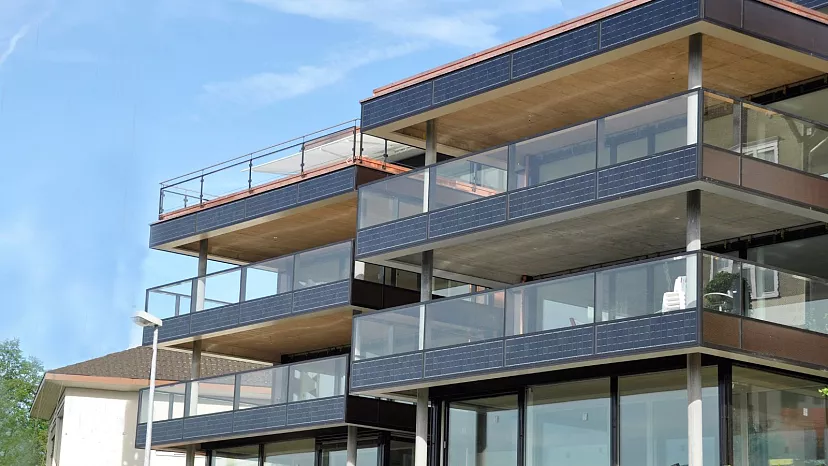
- Sustainability and Self-Sufficiency
For environmentally conscious renters, balcony solar systems offer a direct path to decrease carbon footprints and increase energy self-sufficiency. This is particularly appealing in urban areas, where larger solar installations may be impractical.
- Legislative and Community Potential
U.S. states and municipalities could foster the growth of balcony solar through incentives such as tax credits, rebates, and simplified codes and standards. These measures would make installation more accessible and affordable, encouraging broader adoption.
The Logistical Simplicity of Balcony Solar
Balcony solar systems are designed for simplicity and ease of use, requiring no major modifications to existing structures—ideal for renters and building owners alike. They connect directly to an apartment’s power system through conventional plugs, making them an optimal solution for renters who seek a hassle-free, reversible option for solar power.
And they come in an easy to set up DIY kit, and who doesn’t love a fun and earth-friendly project you can complete in just a couple of hours?
Encouraging a Shift in Policy and Perception
While the U.S. market for balcony solar is still in its infancy, lessons can be drawn from Germany’s proactive approach. Subsidies, streamlined regulations, and public awareness campaigns could significantly enhance uptake among American renters.
Of course, property developers and managers must take the reins by promoting and facilitating the installation of these systems, potentially adding value to their properties, and attracting sustainability-minded tenants.
Green energy solutions are sought-after by buyers and renters alike. Adding solar balconies to a multifamily development will no doubt make them more appealing to eco-conscious renters.
For American renters, embracing balcony solar technology represents not just a chance to cut energy costs, but also to actively participate in a larger shift towards sustainable living. As balcony solar continues to evolve and expand, it can be easily adapted to the unique landscapes of American cities.
More To Discover
- Hermit Crabs’ New Plastic Address: A Sad Sight on Tropical Shores
- Hawaii Bids Farewell to Coal, Embraces Future with Massive Battery Storage System (Powered by Oil)
- CornWall Cladding: Sustainability In The Construction Industry Using Corn Cob Waste
- France Just Made Composting Mandatory And It’s Expected To Make A Big Difference
For eco-conscious Americans, adopting solar balconies might just be the next step towards a greener, more sustainable future. With its ease of installation and potential cost savings, balcony solar is not just a product but a burgeoning lifestyle trend—one that resonates deeply with a generation poised to make a difference in the fight against climate change.
And one final thought, while saving $30 a month off electricity may not seem to move the proverbial green needle much, consider the accumulative effect. What happens when 10,000 units in a city include solar balconies? That adds up to make a real difference on a larger scale.









